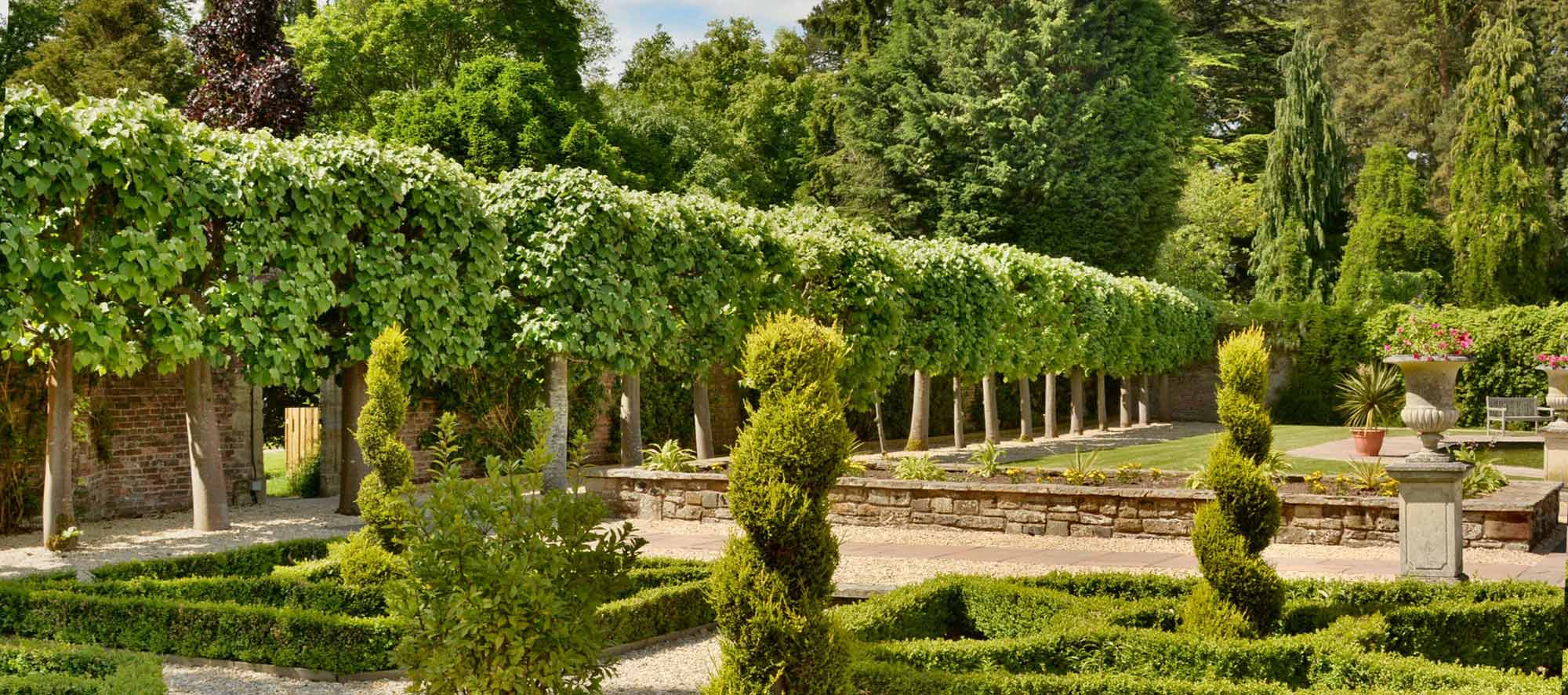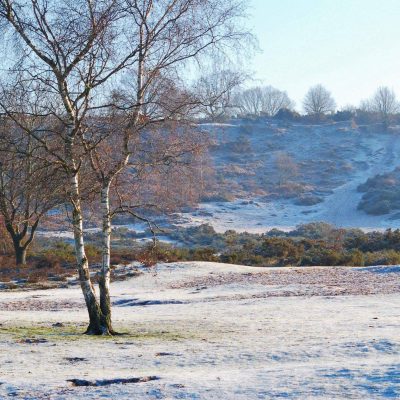Renowned for its stunning beauty, Arley Arboretum sits on the banks of the River Severn at Upper Arley.
One of the oldest and most spectacular Arboreta in Britain, it is now open to the public thanks to the Trustees of the Roger and Douglas Turner Charitable Trust.
With so much to see and do at Arley Arboretum, it makes sense to plan your day in advance. We work hard to make your visit as enjoyable as possible and you can be assured of a memorable visit throughout the year. Whether you come for our beautiful woodland walks, a day out with the kids, to visit our stunning gardens or to enjoy delicious food and drink in our Garden Tearoom, there is something for everyone to enjoy.
The arboretum was originally planned by Earl Mountnorris around 1800, and it is thanks to his botanical knowledge, discoveries, and foresight, that the arboretum is as it is today. Although Arley became highly renowned for its exotic and rare tropical plants, by the 1840’s, it is the specimen trees that have stood the test of time, now being considered to be one of the country’s finest tree collections.
In 1852 the Estate was purchased by Robert Woodward and remained in the possession of the Woodward family until it was acquired by Roger Turner, a midlands industrialist and philanthropist in 1959 at which time the arboretum was in a state of neglect and many of the village properties required substantial renovation.
He set about the restoration of the arboretum and Grade II listed Walled Gardens: modernised the properties and built 27 new houses, including Arley House, together with a Sports & Social Club, thereby creating a vibrant community. Roger Turner died in 1999 and left the entire Estate, in all 1600 acres, to his Charitable Trust which he had founded some 30 years earlier.
The Trustees decided that the arboretum was of sufficient importance for it to be extended and opened to the public with the Walled Gardens: a principal aim is to provide education for all age groups and in 2002 it was officially opened to the public by Lord Lichfield, who planted the Tilia (Tree No 257) to mark the occasion.





